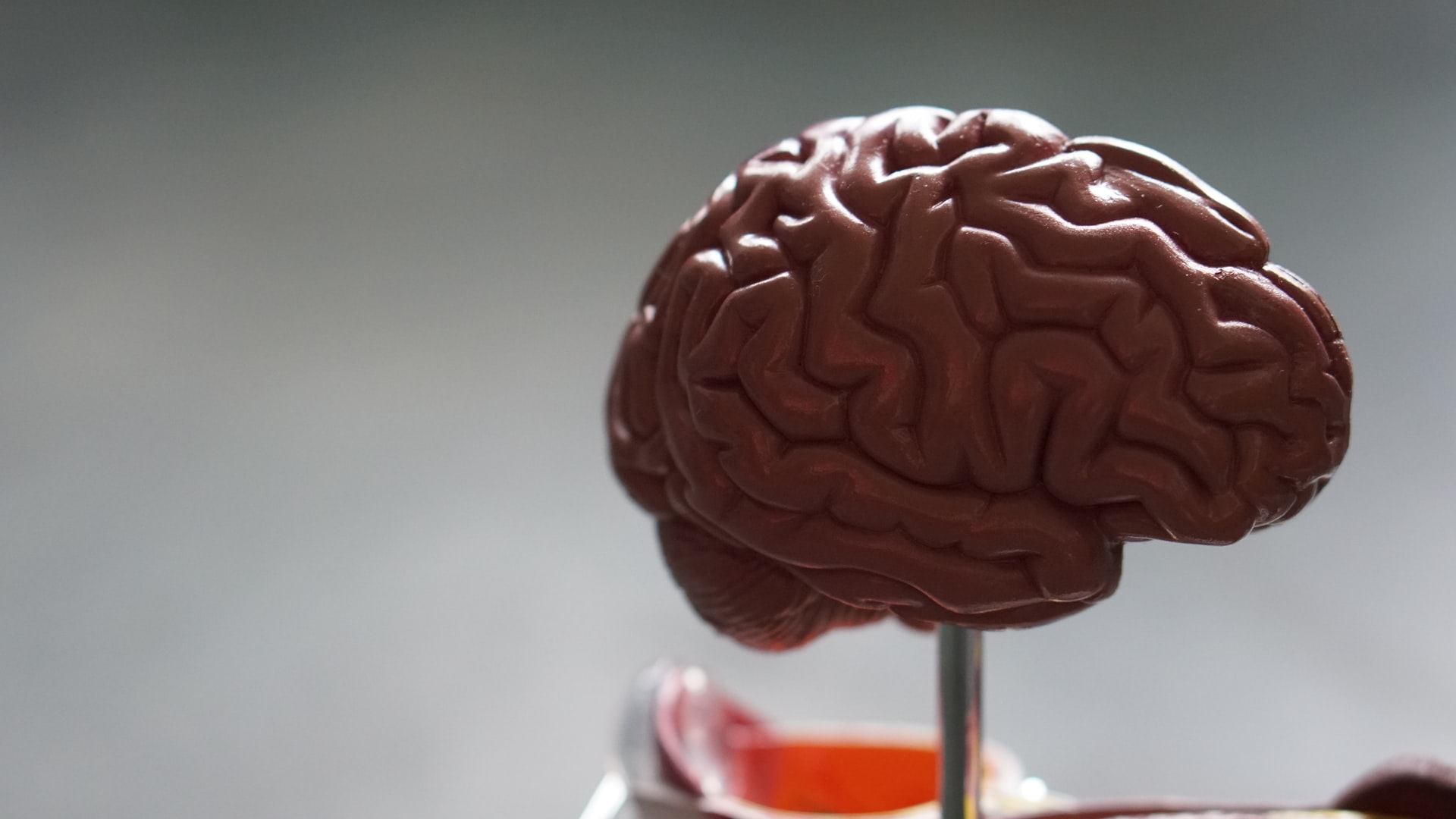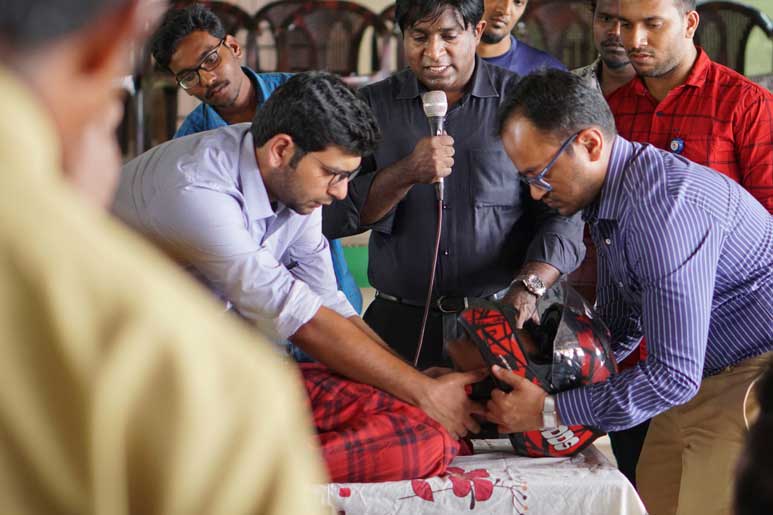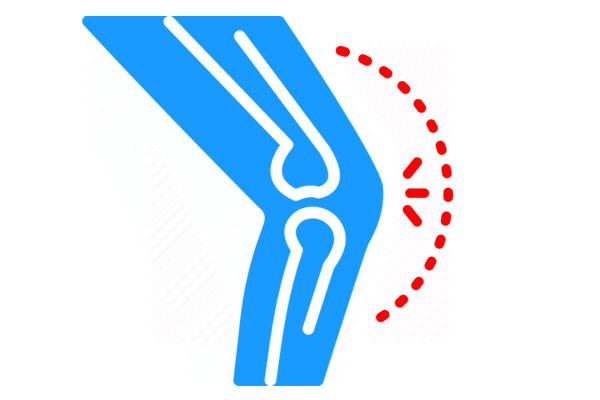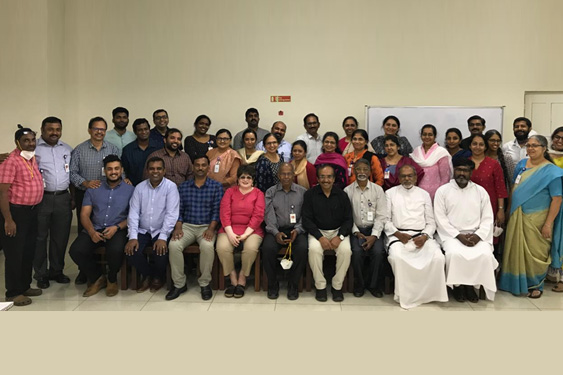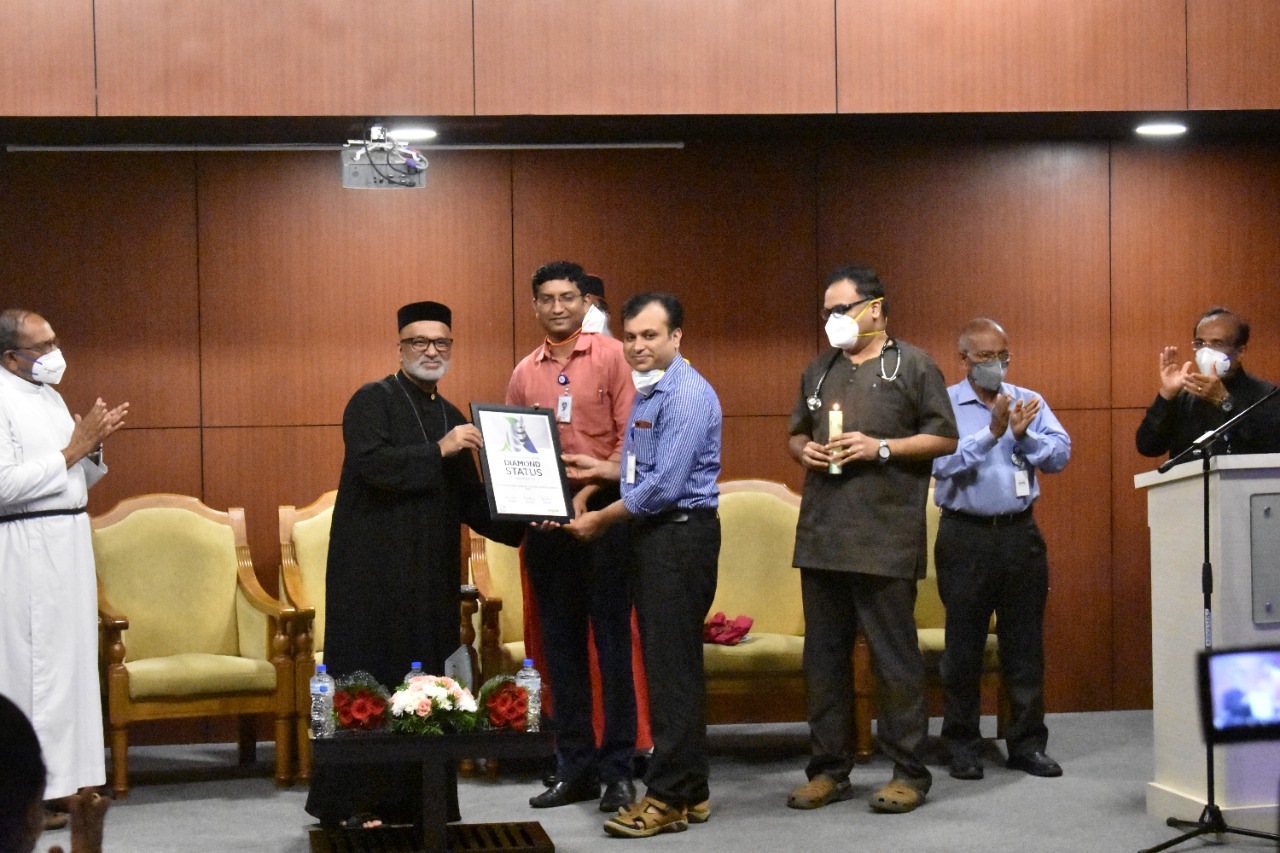Stroke : All things you need to know
A guide to its symptoms, causes, treatment and prevention.
What is a stroke?
Stroke is a medical condition when the blood stops flowing into the brain, preventing the brain tissues from receiving oxygen. As a result, the number of neuron cells in the brain starts to die in minutes. It is a medical emergency, which needs immediate action to prevent damage and complications.
There are two types of stroke - ischemic and hemorrhagic. Ischemic stroke is the one in which a blood vessel is occluded, which prevents blood flow. When the blood vessel inside the brain breaks leading to decreased blood flow, it is called a hemorrhagic stroke.
What are its major causes?
There are many causes of stroke. Some of the lifestyle-related ones are obesity, physical inactivity, being alcoholic, cigarette smoking or secondhand smoke exposure and use of illegal drugs.
Medical-related risk factors that contribute to stroke are diabetes, high cholesterol levels, hypertension, cardiovascular diseases and even having a family history of strokes.
What are the symptoms of a stroke?
If you feel that someone near you might have a stroke, pay particular notice at the time that it happens. It can help healthcare workers in giving you the best possible treatment. There is an easy way to identify a stroke, a very useful acronym - B.E.F.A.S.T.
- B (Balance) - Watch for the sudden loss of balance?
- E (Eyes) - Check for the loss of vision in one eye or both
- F (Face) - Look for an uneven smile
- A (Arms) - Look for weakness or numbness in one of the arms or legs
- S (Speech) - their speech becomes distorted or slurred
- T (Time) - Time is crucial and you need to call 108, as soon as possible and also note the last time when they were healthy and the medication they took. So emergency medicine can provide the adequate medicines
How is a stroke treated and what are its complications?
In the Emergency Department, the doctor will give you a clot-dissolving medication called TPA (Tissue Plasminogen Activator) within 3 hours of having a stroke. In some cases, TPA is given within 4.5 hours of a stroke. It is a powerful drug that may cause some bleeding as a side effect. Medicines, which are known as antiplatelet medicines such as aspirin or dipyridamole, help by thinning out the blood and keeping the blood clots from getting big.
A surgical way to remove blood clots caused by Ischemic stroke is that the doctor will put a stent up into your artery to grab the clot or pull it out using a suction tube.
Hemorrhagic stroke is caused mostly by high blood pressure, so controlling your blood pressure through medication will be sufficient enough. An aneurysm can also be a reason for a hemorrhagic stroke. The doctor will close the broken blood vessels through a metal clip and thread through a tiny coil for blood flow. This will also help keep the blood vessels from breaking, again. Another reason for a hemorrhagic stroke is tangled blood vessels. Some people are born with tangled blood vessels. It can be surgically removed or treated with radiation to shrink them up or use special medication to stop the flow of blood in them.
Complications
Stroke can cause some temporary or permanent, depending on how long the brain lacks oxygen flow or which part of the brain was affected. Some of the most common ones are:-
- Paralysis or loss of muscle moments:- Paralysis of one side of the body or face. Losing control over some muscles, in one arm or leg.
- Having difficulty in swallowing and having a thick tongue:- A stroke might sometimes affect the muscles of the mouth and throat creating a problem in swallowing, talking and eating food. It might be hard for the person to communicate because he has difficulty speaking and understanding the language.
- Memory loss or having issues related to cognitive functioning:- Many people who have suffered a stroke normally experience memory loss or have difficulty in memorizing, concentrating, reasoning or making judgements.
- Are not able to control their emotions, well:- People who have suffered from stroke tend to suffer from depression and are not able to control or understand their emotions.
- Pain:- Their body feels pain, numbness and various other sensations from time to time. If during stroke the left arm was the one being adrift, the patient will feel tingling sensations in their arms from time to time
- Changes in behaviour:- The person who had a stroke may feel more withdraw from doing their daily chores and they may need support or help in doing it.
How to prevent stroke?
If someone has had a stroke, doctors may advise them to follow a better healthy lifestyle. Some of these ways are:-
- Control high blood pressure
- Control one’s cholesterol and eat food with less saturated fat
- Exercising regularly
- Quitting tobacco use
- Limiting alcohol use to a minimum and avoiding if at all possible
- Eating more fruits and vegetables
- Maintaining a healthy weight
- Managing their diabetics
- Treating OSA or obstructive sleep apnea, a sleep disorder that causes the patient to stop breathing in the sleep for short periods of time.
A stroke is also associated with many myths, such as that it only happens to old people or that it happens in the heart. This happens mainly due to the lack of awareness about strokes. This lack of awareness is also the cause and effect of many people losing their lives to stroke.
The International Stroke Day theme of “minutes can save a life” focuses on the fact that everyone should be able to learn to identify the signs of a stroke and save precious minutes, because with each passing minute the neurons in their brain are dying, fading parts of their memories and abilities with each passing time.
